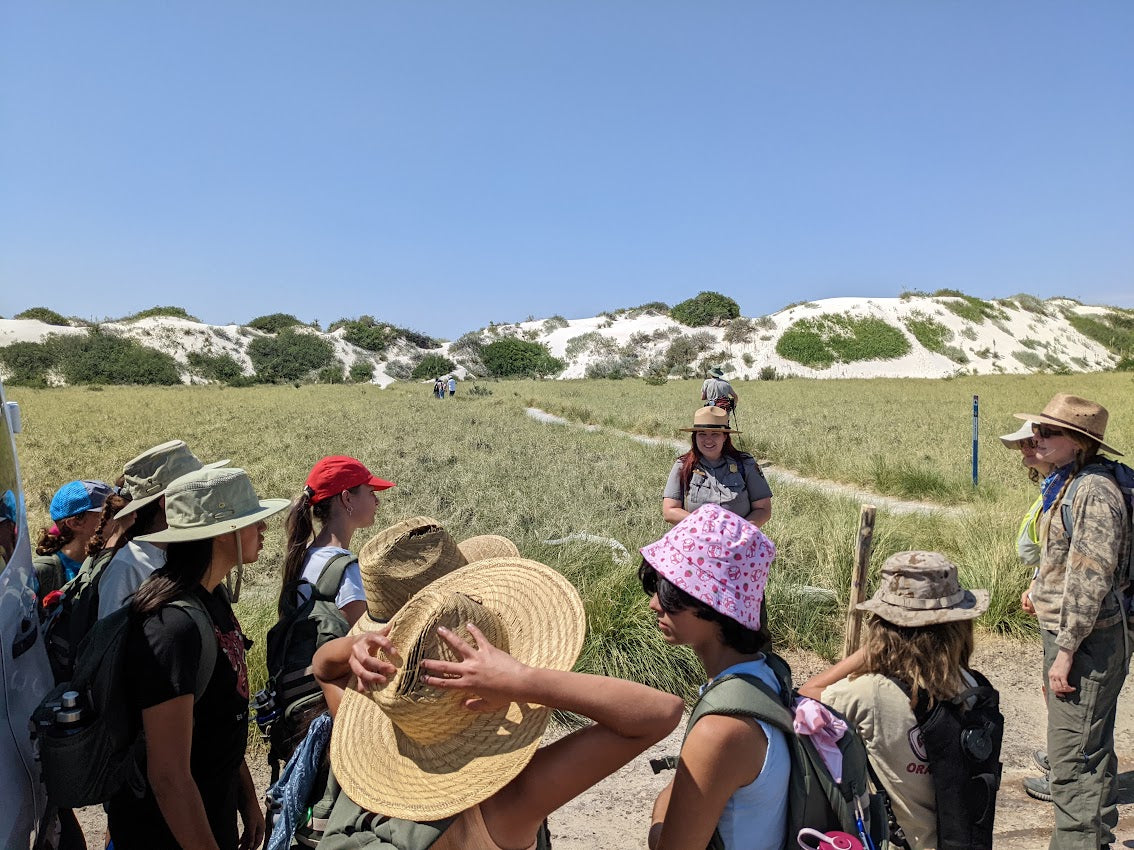Now that I'm starting to learn how to read sectional maps a little, I've got a few questions about some of the areas I'd like to fly at.
How does one determine if a wilderness area is off limits? I've attached maps and put green arrows where I off road and fish at and are all open for hunting during the correct time of year. The maps show wilderness areas all over where I travel (some out of the blue lines with dots). I thought they repersented closed zones for flight similar to what's around Yosemite NP. Also I see a few places where it shows a military operation area and figure those are off limits...correct?


How does one determine if a wilderness area is off limits? I've attached maps and put green arrows where I off road and fish at and are all open for hunting during the correct time of year. The maps show wilderness areas all over where I travel (some out of the blue lines with dots). I thought they repersented closed zones for flight similar to what's around Yosemite NP. Also I see a few places where it shows a military operation area and figure those are off limits...correct?















